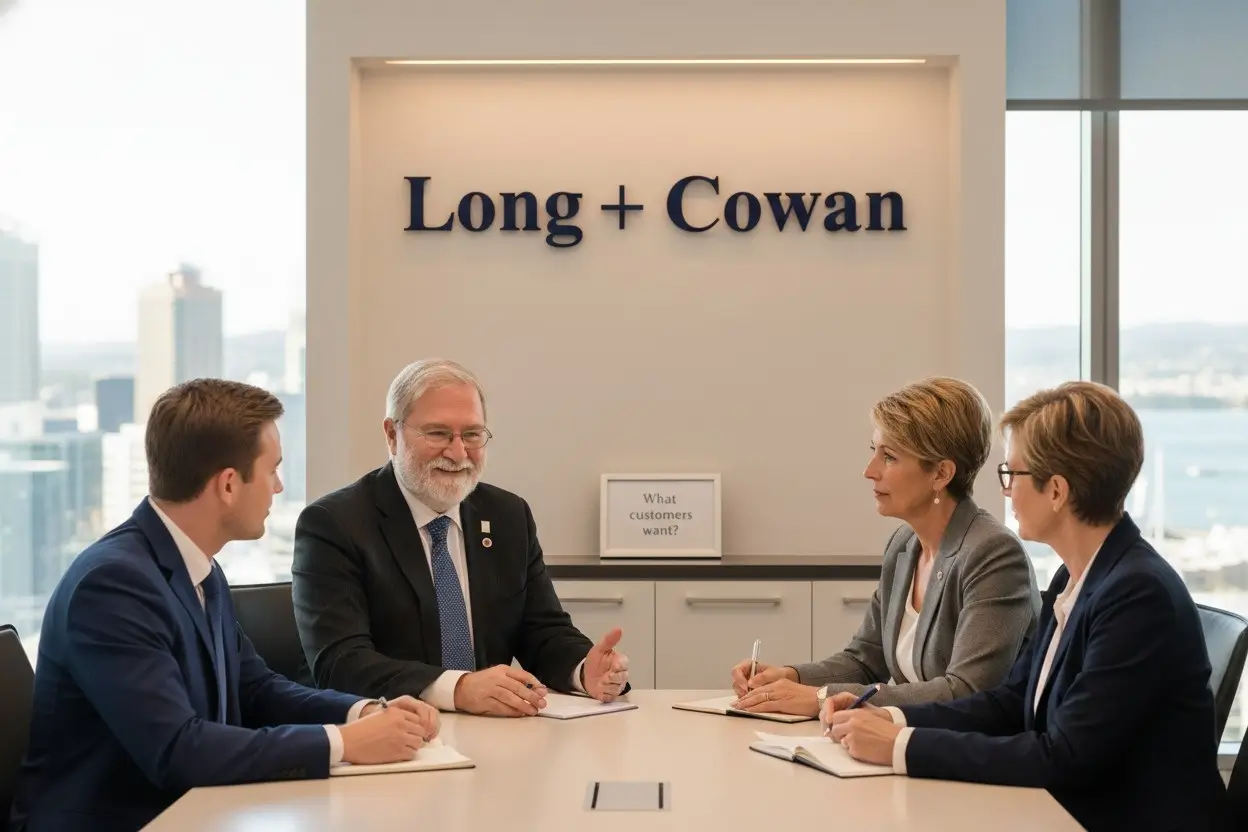Profit is the foundation of every successful business. It represents the difference between revenue and expenses, showing whether your company is growing or merely surviving. At Long + Cowan, we help Wellington businesses interpret their financial reports to see beyond the numbers and identify what drives genuine profitability.
By analysing your financial statements regularly, you can understand where profits are earned, where costs are rising, and how to improve margins. Let’s look at the key components that make up your profit picture.
Gross Profit and Its Role
Gross Profit = Net Sales – Cost of Goods Sold
Gross profit is the amount left after deducting the direct costs of producing goods or delivering services. It appears on your Profit and Loss Statement before administrative and overhead expenses.
Ideally, your gross profit should not only cover these overheads but also generate your desired level of net profit. If it falls short, it may signal inefficiencies or pricing issues that need attention.
Net Profit: The True Measure of Success
Net Profit = Total Revenue – Total Expenses
Net profit is what remains after all operating costs, interest, and taxes have been paid. It is the ultimate measure of business performance—the “bottom line.” A strong net profit shows that your business is generating sustainable returns, while a consistent decline may indicate that costs are creeping up faster than revenue.
Tracking net profit over time reveals whether your business is moving in the right direction. Comparing it against budgeted figures helps identify where improvements can be made.
Using Gross Profit Percentage for Deeper Insight
Gross profit percentage (also called the gross margin) provides a clearer view of financial health than the raw figures alone. It measures the proportion of gross profit to sales.
Gross Profit % = Gross Profit ÷ Sales × 100
A stable gross profit percentage suggests consistent production efficiency. A sudden drop could mean increased costs, waste, or higher discounts. In some industries, margins are naturally narrow, while in others—such as professional services or technology—they tend to be higher.
Monitoring this metric allows you to detect early signs of financial strain and respond quickly before profitability declines.
Calculating Your Breakeven Point
Once you know your gross profit percentage, you can determine your breakeven point, which shows the sales level needed to cover all expenses.
Breakeven Point = Total Expenses ÷ Gross Profit % × 100
Your breakeven point acts as a benchmark for pricing and sales goals. If your current revenue falls below this point, you are operating at a loss. Reviewing this figure regularly helps you plan for seasonal changes, rising costs, or market shifts.
What Affects Profit Margins?
Gross profit percentage can fluctuate for several reasons:
• Rising costs: Increased supplier prices or wages can reduce margins if prices remain unchanged.
• Waste or inefficiency: Poor production control or stock management can inflate costs unnecessarily.
• Market competition: Price pressure or customer demand for discounts can reduce revenue.
• Business expansion: Growth often brings temporary increases in costs before revenue catches up.
By understanding the cause of margin changes, you can take corrective action quickly. For example, you might renegotiate supplier contracts, reduce overheads, or adjust pricing.
Keeping Track of Profitability
Profit analysis is about more than checking figures; it is about understanding what they mean for the future of your business. Regularly reviewing gross profit, net profit, and breakeven data gives you a big-picture view of performance.
Profitability metrics are windows into your financial health. Using them effectively helps you set realistic goals, maintain cash flow, and identify growth opportunities.
Managing Tax Obligations Efficiently
As the financial year closes, tax responsibilities become a key part of managing profitability. The Inland Revenue Department (IRD) requires all businesses and individuals to pay taxes by specific dates.
At Long + Cowan, we assist Wellington clients with:
• Terminal tax planning and filing.
• Provisional tax calculation and management.
• GST return preparation and submission.
We also provide flexibility with return lodgement through our registered tax agent status, helping you meet obligations without stress.
If you are short on time or want professional assistance managing your year-end reporting and tax payments, contact us for more info by filling in an enquiry form or e-mailing or calling us during office hours.
Improving Profit Through Professional Insight
Understanding business profitability is not just about accounting formulas; it is about making informed decisions. Working with experienced accountants gives you access to tailored advice that identifies opportunities to increase profit and efficiency.
Whether you need help analysing your margins, improving cash flow, or preparing for tax season, we can help you navigate the financial details that drive your business success.
















































